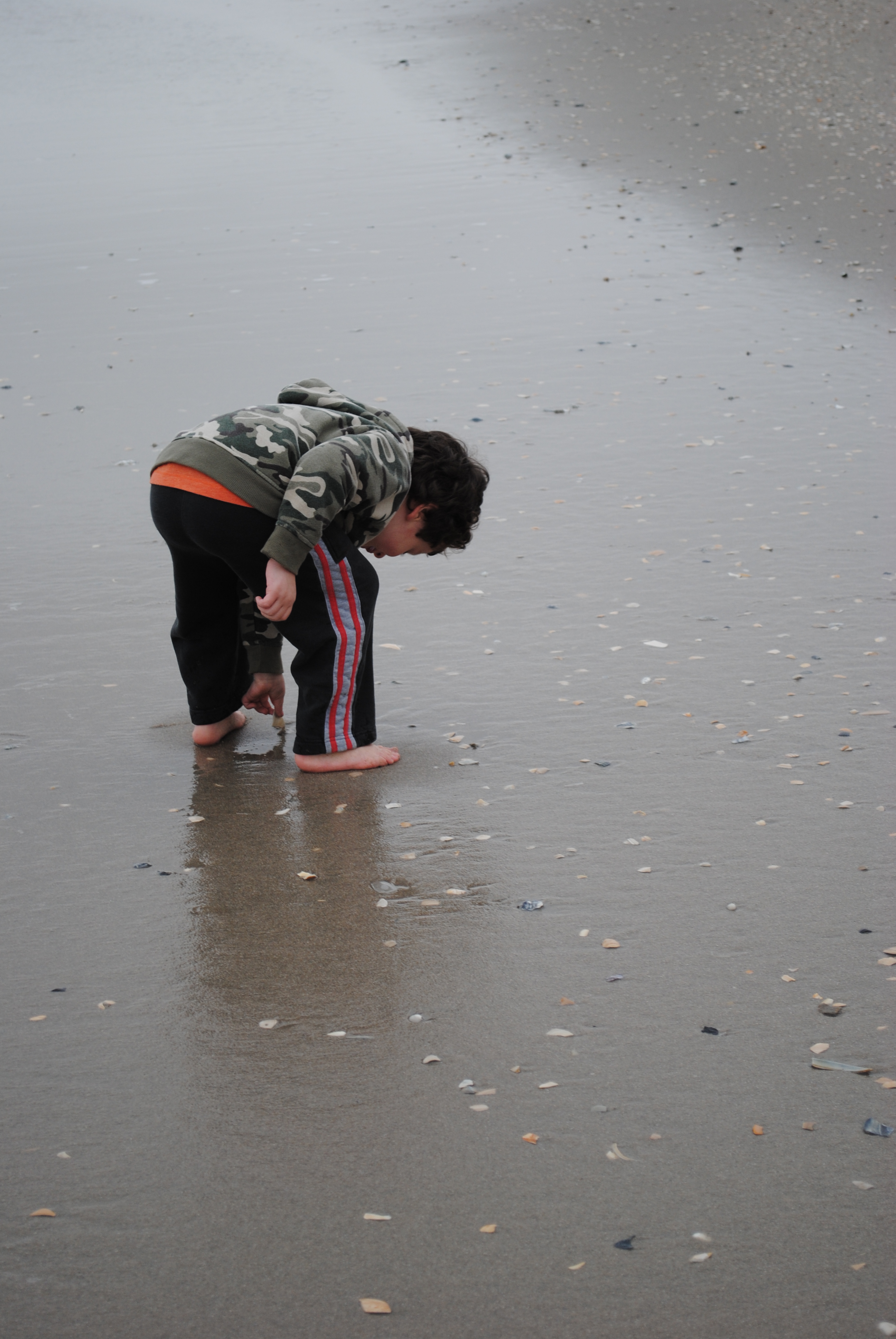Disclosure: In any review for a product or service, products or compensation may have been provided to me to help facilitate my review. All opinions are my own and honest. I am disclosing this in accordance with FTC Guidelines. Please see “Disclose” and "Terms of Use" tabs for more information.
 If you have embraced an eco-conscious attitude and turned to a more sustainable lifestyle, you may be keen to pass on you ideals to the next generation by instilling them with a sense of environmental responsibility. Leading by example is a good place to start, and all you really have to do is show them the many ways in which they can live in a manner that includes environmental awareness. For example, you may give up your standard gas-guzzler in favor of an electric vehicle, public transportation, or even a bicycle. You could stop buying your produce at the market and plant your own organic vegetable garden. And you can buy second-hand or sustainable goods and compost and recycle in order to cut down on pollution from manufacturing and waste heading from your house to the landfill. But there are other ways to get your kids on the eco-friendly bandwagon and turn the lessons you teach them into lifelong habits.
If you have embraced an eco-conscious attitude and turned to a more sustainable lifestyle, you may be keen to pass on you ideals to the next generation by instilling them with a sense of environmental responsibility. Leading by example is a good place to start, and all you really have to do is show them the many ways in which they can live in a manner that includes environmental awareness. For example, you may give up your standard gas-guzzler in favor of an electric vehicle, public transportation, or even a bicycle. You could stop buying your produce at the market and plant your own organic vegetable garden. And you can buy second-hand or sustainable goods and compost and recycle in order to cut down on pollution from manufacturing and waste heading from your house to the landfill. But there are other ways to get your kids on the eco-friendly bandwagon and turn the lessons you teach them into lifelong habits.
The main thing is to start when they’re young. The sooner you instill your kids with eco-friendly values, the better chance that they will follow in your carbon-neutral footsteps for life. This means making eco-friendly adjustments to your household before you start your family so that your children can grow up surrounded by reminders of a sustainable lifestyle. When they start out eating fresh, organic foods rather than prepackaged and processed items, they’ll learn to prefer these healthy (and environmentally sound) options. And if the hardwoods in your home are reclaimed, the furnishings are made from recycled materials, the linens are organic, and the house is powered by the sun and heated and cooled via geo-exchange, your kids will grow up with a strong foundation in the principles of environmental responsibility.
However, at some point you’re also going to need to explain to them why they should behave in a responsible manner where the health of the planet is concerned. And while you can certainly tell them about man-made issues like pollution, waste, greenhouse gas emissions, habitat loss, and more, you’ll be glad to know that there are also several resources that can help you to convey these environmental threats without scaring your kids senseless. National Geographic Kids is one magazine that aims to give your kids a global viewpoint with articles about people, places, animals, nature, and more. And the attendant website provides additional information, videos, and games that will help kids to engage with the global community that they’re part of (giving them incentive to protect the planet and the many species that populate it).
In fact, there are myriad websites devoted to helping kids understand environmental issues. For example, the Wisconsin Department of Natural Resources (dnr.wi.gov) created EEK!, or Environmental Education for Kids, as a way to teach children about the great outdoors, the Environmental Protection Agency offers the Explorer’s Club (www.epa.gov/students), as well as a neat game called Recycle City (www.epa.gov/recyclecity) that teaches kids about recycling, and the National Wildlife Federation has Ranger Rick’s Kids Zone (www.nwf.org/kids). And those are just a few of the online resources available to make learning about environmental protection fun for your kids.
















Great tips. This is one of my worries when it comes to my children. My older daughters are great about our environmental issues. Just need to work on my son a little more.
My son is just a toddler, but we have already started. Thanks for sharing these cool websites!